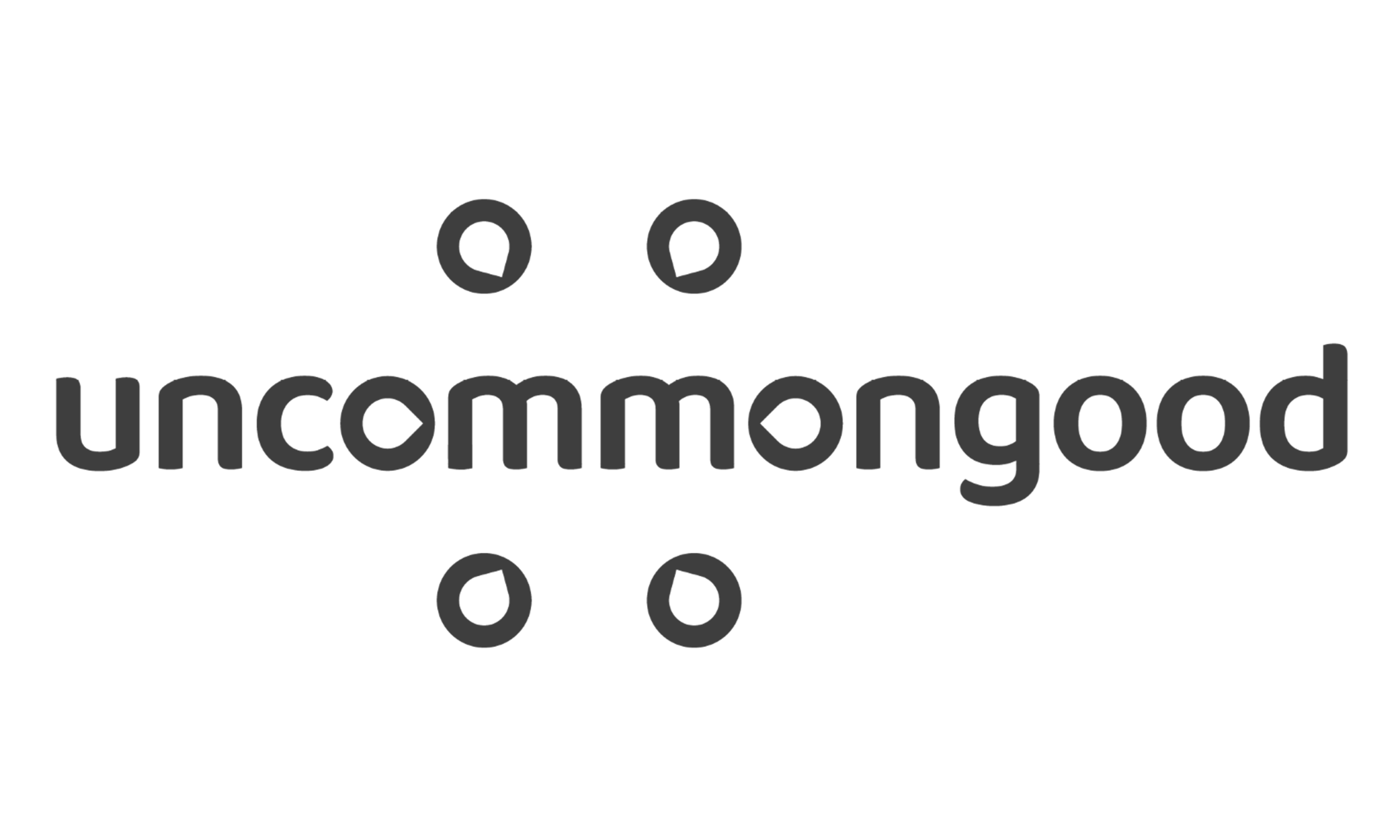In 2020, approximately 1.7 million nonprofit organizations existed in the United States. Of course, there’s a vast diversity of organizations and funding types. What do nonprofits that successfully capture the attention of donors have in common? They have a clearly defined purpose or mission statement.
Why Explain Your Purpose?
A mission statement is foundational to any nonprofit. Not only is it necessary to achieve 501(c)(3) status, but it’s also a crucial marketing and fundraising tool.
Founders of a new charitable organization may be passionate about a cause, but they will fail to attract donors and stakeholders unless they can clearly communicate their reason for existence.
The primary goal of a nonprofit mission statement is to tell supporters three things:
- Why the organization exists
- Whom it plans to serve
- How it plans to make a difference
It may be difficult to state the purpose of your organization in just 1-2 sentences, but it’s important for all nonprofits to craft a mission statement that leaves no room for misinterpretation.
Spend the time and energy brainstorming and wordsmithing your mission statement before going public with it. Borrowing from the S.M.A.R.T. methodology, try to make your mission statement as specific, measurable, and attainable as possible. You can always adjust it as your nonprofit matures!
How to Tell Your Nonprofit’s Unique Story
When you’re ready to start drafting your nonprofit’s mission statement, meet with your core supporters to gain their input. Brainstorm ideas about how best to communicate your mission.
Your mission statement may take some time to develop, but it should represent the primary directive of your organization and contain the ideas that embody the goals of your organization.
Here are five tips for writing an inspiring mission statement:
- Be concise.
- Keep it short.
- Make it pertinent by addressing the need.
- Be clear that you’re asking for support and participation.
- Create a balance: Inform the public, but guide and inspire your team as well.
Again, remember that no mission statement is written in stone. Review yours at least annually to make certain that it still captures the spirit of the organization and reflects the current mission.
As governing boards change and volunteer associations develop, the mission statement may require updating or rewording to reflect the evolution of the nonprofit organization. That is a good thing! Welcome the opportunity to refine your priorities and revisit your message.
The Logistics Behind Creating a Mission Statement
Preparation and adoption of a defining mission statement for a new or newly-reorganized nonprofit requires work, often best accomplished at a dedicated meeting or even a retreat with all stakeholders in attendance. This would typically include the organizers, the board of directors, key supporters, and perhaps major donors.
If there are more than a dozen in attendance, it might be helpful to retain the services of a professional facilitator or experienced communicator to oversee the discussion. Ask for specific input from everyone in attendance. This is a group effort, not a leader-led exercise in need of a rubber stamp for adoption.
Encourage lively discussion; welcome dissenting views and accept criticism graciously. Build consensus on the points that generate enthusiastic responses.
Be generous with the time frame you allocate for the process -— it may be only a few hours or it may extend over the weekend. Whatever you do, don’t insist on quick adoption of a new mission statement. It’s better to schedule additional time to find a mission statement that has broad-based buy-in from those involved in long-term success.
Test Driving a New Mission Statement
In order to judge the effectiveness of a proposed mission statement before you go public with it, preview it for family and friends to gauge their reaction.
Does it meet the following tests?
- Is it memorable? Does it make the listener think? Is it easy to remember?
- Is it specific? Does it relate to a need and suggest a solution?
- Does it offer a concrete way for someone to offer support by donating time, money, or other involvement?
If your proposed mission statement meets these tests, and if it has been approved by the initial organizers or the existing board of the organization, then run with it.
Your mission statement is one of the basic building blocks necessary for 501(c)(3) status and widespread acceptance as a legitimate charitable organization.
For additional tips on ways to refine and revitalize nonprofit operations, visit UncommonGood! We help nonprofit organizations of all sizes do more good every day with comprehensive project management, marketing, design, and fundraising tools.




